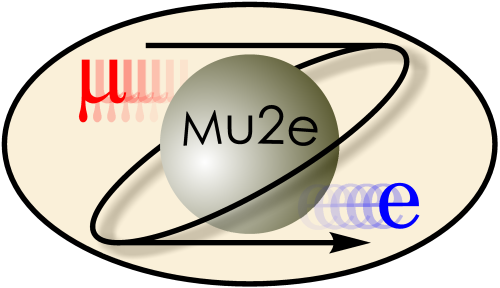

|
Using Exceptions
|
|
| |
| Working groups |
| Blessed plots and figures |
| Approving new results and publications |
| Approval web pages - new results |
| Approval web pages - new publications |
| Mu2e Acronyn Dictionary |
| Fermilab Meeting Rooms |
| Fermilab Service Desk |
| ReadyTalk : Home |
| ReadyTalk : Help |
| ReadyTalk : Toll Free Numbers |
The exception handling policy is similar in spirit to that used by CMS, although some technical details differ. The CMS policy can be found at in the CMS guide to managing exceptions.
An important part of the policy is that you should prefer throw over assert in most cases. One critical reason is that, for our production code, the compiler switches are configured to ignore asserts. There is section below with additional information.
Mu2e code should only throw exceptions when it intends that art should catch the exception. Mu2e code should not use try/catch blocks to implement normal flow control; this policy should only be violated if one is using a third party product that supports only try/catch for normal flow control.
When Mu2e code throws an exception, the normal syntax is
#include "cetlib/exception.h"
if ( something_bad ) {
throw cet::exception("CATEGORY") << "Some useful text.\n";
}
The string "CATEGORY" is called the category of the exception; it is used by art to
decide what action to take in response to the exception. Mu2e will define some standard categories
and encourage their use; for now we are making them up as we go along.
The text added with operator<< is arbitrary
and may be many lines long. Art will decorate the text with information about what module or service
was executing at the time of the exception and will add a time stamp.
The exception handling code ignores std::endl but not "\n".
In response to an exception art can perform several different actions:
| Rethrow: | Shutdown the job as gracefully as possible and terminate the job with non-zero return code. | |
| SkipEvent: | Continue processing with the next event. | |
| FailPath: | Continue processing with the next path. | |
| FailModule: | Continue processing with the next module in the current path | |
| IgnoreCompletely: | If possible, continue as if nothing happened. |
When an exception is rethrown, art will, if possible, call the appropriate the end* methods for all modules and services. Normally this results in a proper shutdown, with the ROOT output file properly closed, with all event-data files properly closed and with all message streams flushed.
In addition, it is possible to route events that throw exceptions to dedicated output files; one could, for example, configure an output module to write out only events that failed a given path.
When art catches an exception, it consults an run-time-configurable policy for which of the above actions it should take; the policy is stated by saying listing those exeception categories that should Rethrow, those that should SkipEvent and so on. By default almost all categories are configured to rethrow. For a handful of categories, the default is SkipEvent; in particular the "data product not found" exception defaults to SkipEvent.
There are four ways to change the configuration of which exception category has which behaviour:
services : {
scheduler : {
defaultExceptions : false
}
}
services : {
scheduler : {
defaultExceptions : false
SkipEvent : [ "CategoryName1", "CategoryName2", "CategoryName3" ]
}
}
The fcl parameters for the actions are named IgnoreAll, SkipEvent, FailModule, FailPath and Rethrow.
(What is the precedence of the .fcl file settings and the --rethrow-default?)
Why does Mu2e discourage the use of try/catch blocks for normal flow control? Mu2e does not want to pay the run-time costs to establish and tear down the exception handlers; while this would not be a problem if used in appropriate places, the experience of other experiments is that inexperienced programmers quickly adopt the try/catch model and use it in inappropriate places.
Mu2e strongly discourages the use of C++ assert to deal with most exceptional circumstances.
|
|
|
| Security, Privacy, Legal |
|